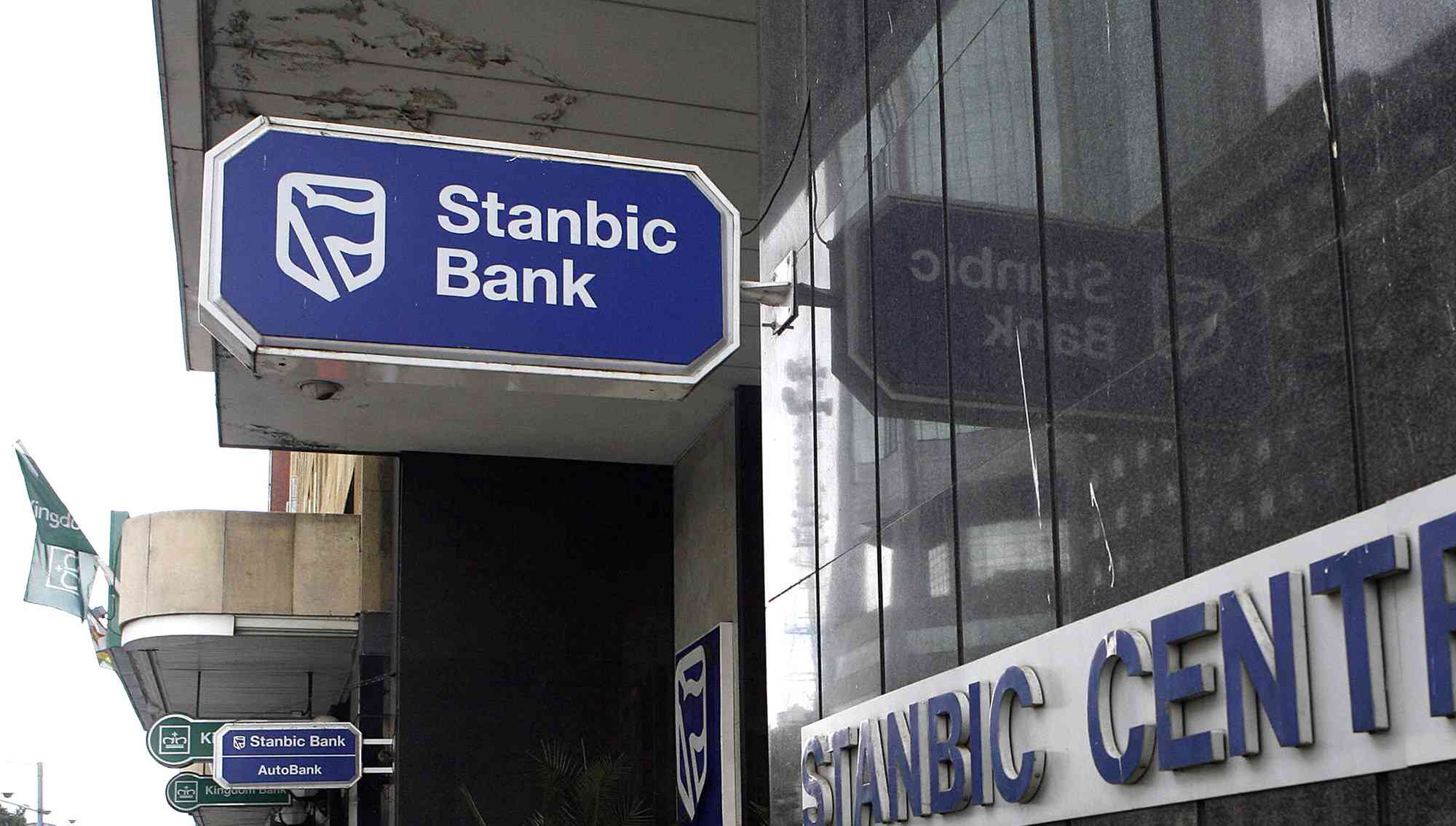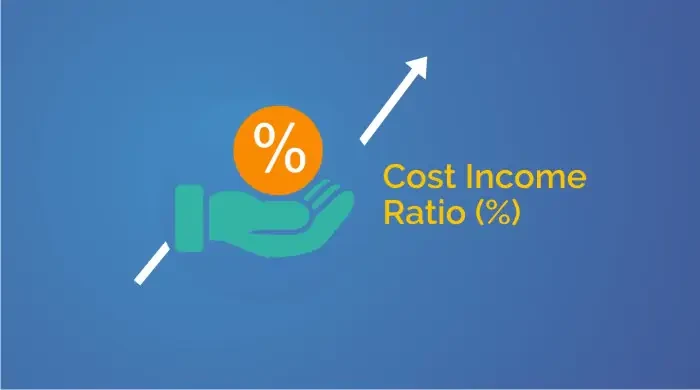
LONDON-Miner Xstrata posted a smaller-than-expected drop in first-half profit as it cut costs to cushion the impact of weaker markets, overcoming what it said was a risk of distraction from trader Glencore’s $26 billion takeover bid.
The Anglo-Swiss miner, one of the world’s largest producers of thermal coal and copper, was hit along with its peers by falling commodity markets against a backdrop of stubbornly high wages and inflation, although it was partly shielded from tumbling thermal coal prices by higher-priced contracts.
The miner did feel the pain of market turbulence, taking a $514 million hit to write down the value of its almost 25 percent stake in South African miner Lonmin as the platinum sector suffers from a lethal cocktail of squeezed margins and increasingly militant unions.
Xstrata agreed earlier this year to be taken over by commodities trader Glencore, its largest shareholder. But the deal hit trouble in June after the miner’s second-largest shareholder, Qatar Holdings, demanded an improved offer.
Xstrata’s results had been keenly anticipated for signs of worsening profitability or a deteriorating outlook that could strengthen Glencore’s case for keeping the offer as it is – 2.8 new shares for every share. Qatar is demanding a ratio of 3.25.
Chief Executive Mick Davis sidestepped questions on talks and the offer. “The business model of the combined entity is a more powerful business model. But the inherent capacity of Xstrata to generate value as a standalone company is very powerful indeed. We have no concerns on that front.”
Analysts see Xstrata’s ability to control costs as key.
The miner has grown by turning around underperforming assets and has cut costs at every reporting period since its listing. It said on Tuesday it had lowered unit costs in real terms by $105 million, a drop led by its energy-consuming nickel and zinc arms. Over the year, that will add up to $390 million.
- Chamisa under fire over US$120K donation
- Mavhunga puts DeMbare into Chibuku quarterfinals
- Pension funds bet on Cabora Bassa oilfields
- Councils defy govt fire tender directive
Keep Reading
It also cut back planned 2012 spending by $1 billion to $7.2 billion – a peak for Xstrata – as it juggles a bumper capital expenditure programme and an uncertain market outlook. Much of that, though, was prompted by permitting delays at its Las Bambas project in Peru, as the company pushed back construction. Commissioning remains on track for 2014.
It also held back early stage work at projects it has not yet approved, including El Pachon and Agua Rica in Argentina.
Mining inflation also lifted the cost of Las Bambas to $5.2 billion, now 23 percent more than original estimates.
DEAL OR NO DEAL?
Shares in the group were up 1.8 percent at 899.25 pence at 1100 GMT, outperforming its diversified peers and a 1.25 percent rise in the sector. That is still below the price implied by the current Glencore exchange offer – almost 939 pence.
“There are some negatives, it is not all great guns… but offsetting that, a good performance in terms of costs and an underlying operating performance that was slightly better than people expected,” said analyst Alison Turner at Panmure Gordon.
“I wouldn’t think that these results would do anything to change the view of Glencore or indeed the Qataris, except to reinforce the Xstrata proposition as it stands.”
Xstrata’s earnings before interest, tax, depreciation and amortisation (EBITDA) for the first six months of 2012 totalled just over $4 billion, down by almost a third.
Operating profit dropped 42 percent to $2.45 billion.
Operating profit at its coal unit was broadly flat on the same period last year, thanks to 2011 thermal coal contracts that mitigated the impact of lower spot coal prices.
Davis said he expected prices in the thermal coal market, hit by increased U.S. exports flooding the European market, had bottomed out, with improvements already coming through.
The copper unit, which normally accounts for almost half of group profit, saw operating profit virtually halve, after lower production as Xstrata shifts to a newer generation of mines, and because of troubles at one of the world’s largest copper mines, Chile’s Collahuasi, a joint venture with Anglo American.
A combination of work stoppages, bad weather and accidents pulled Collahuasi to its lowest production since 2007 in the first six months of the year. Anglo and Xstrata have since stepped in with their own managers and a turnaround plan.
“We as major shareholders perhaps took a little bit too long in terms of intervening at Collahuasi,” Davis said, adding the intervention would be “short and sharp”.











